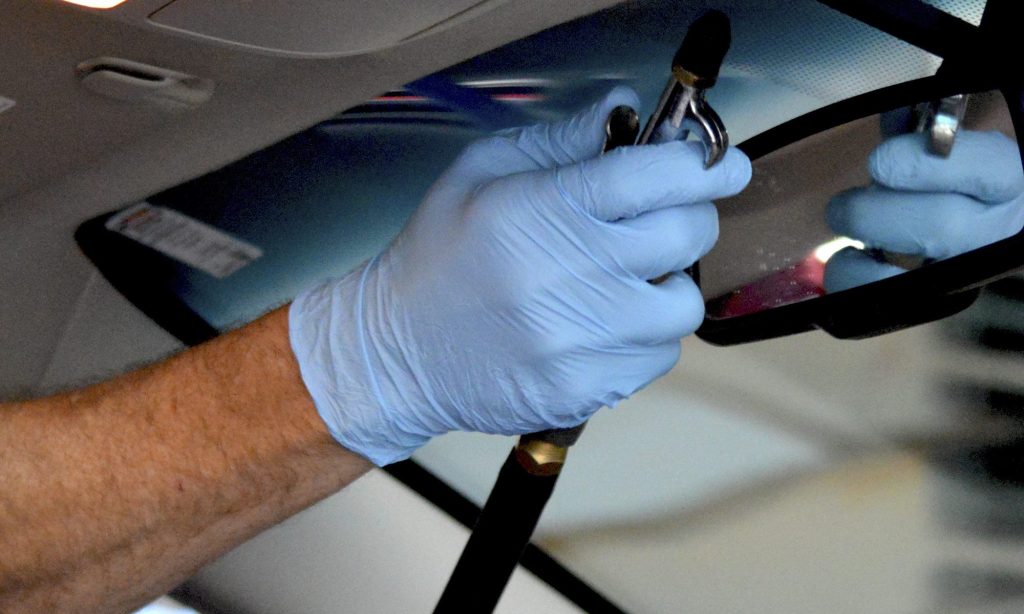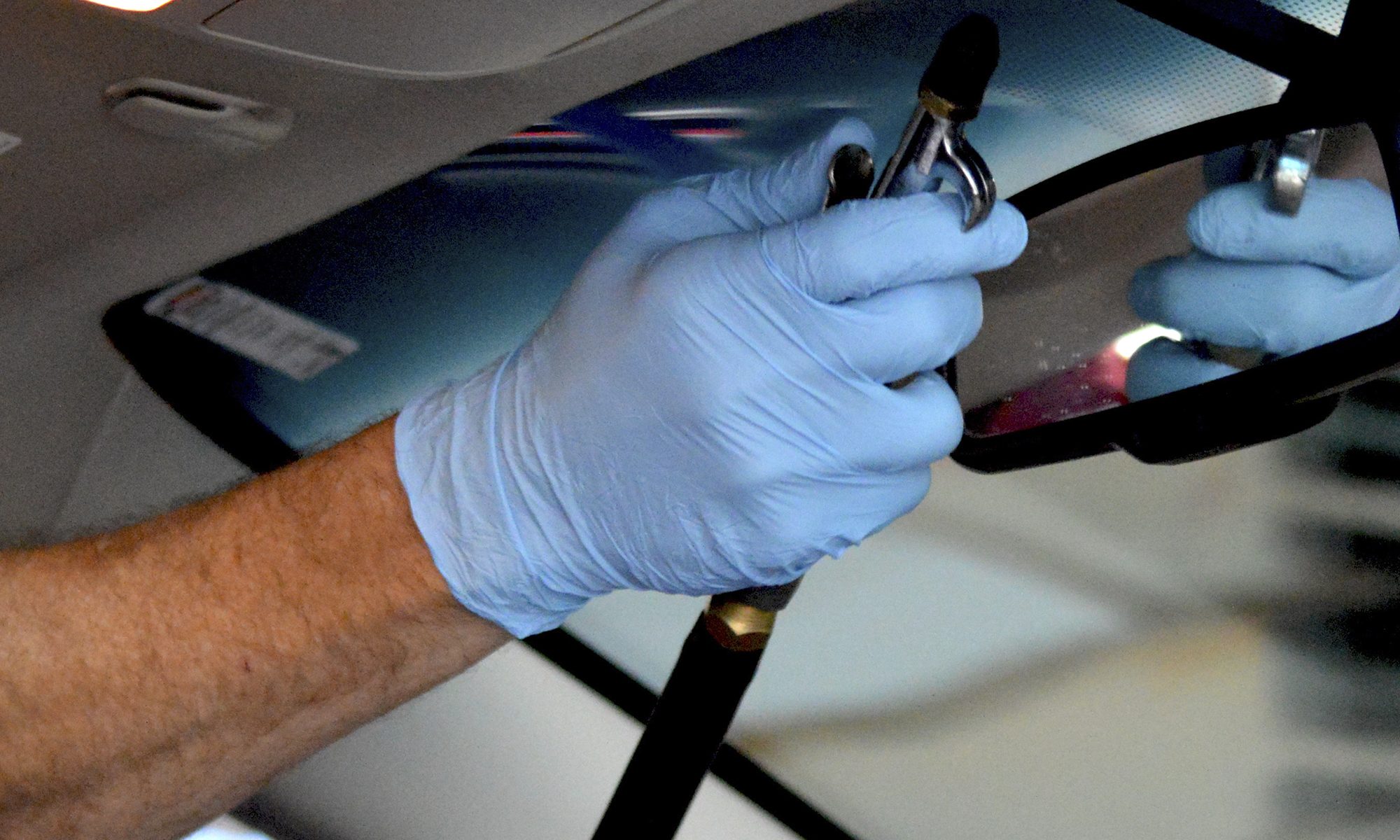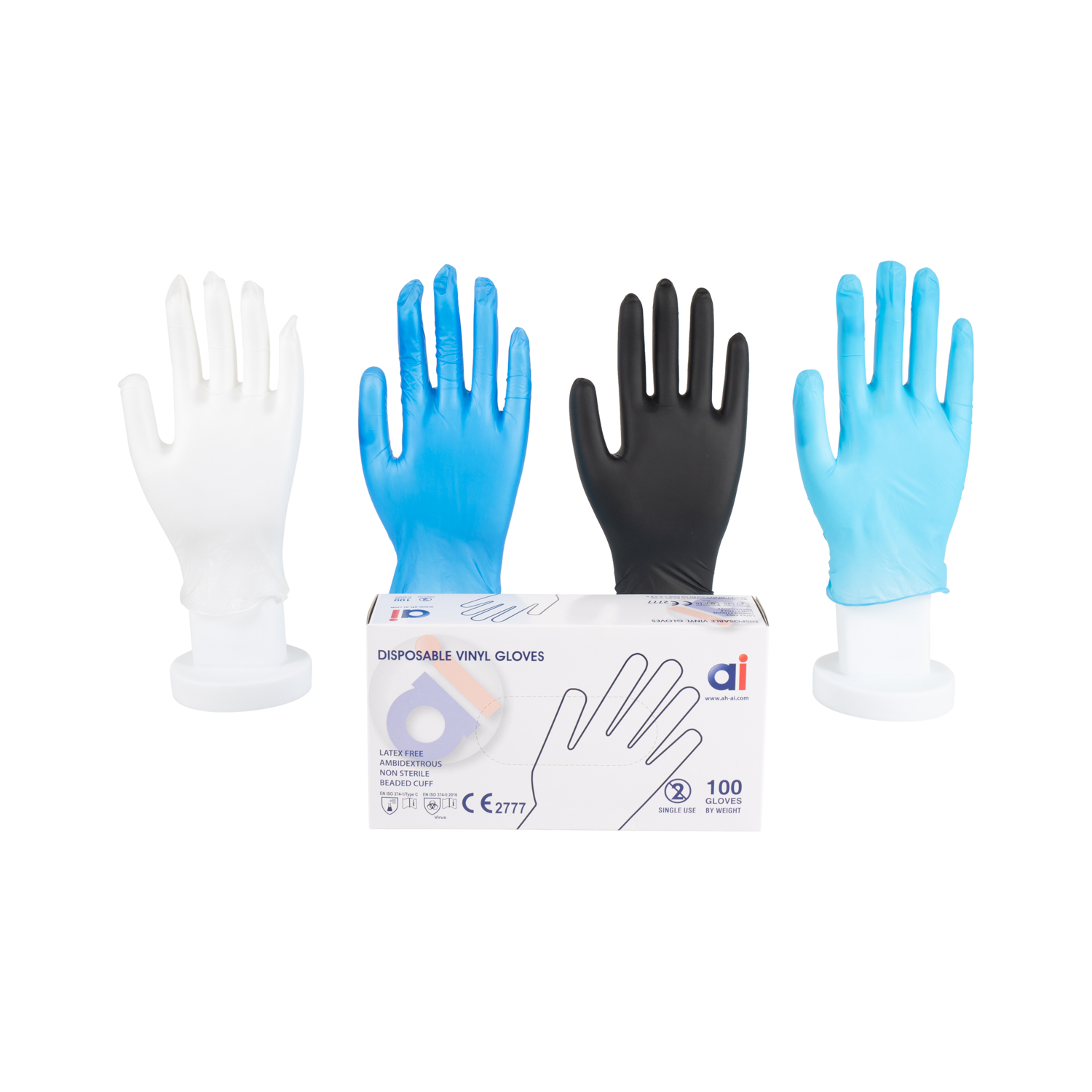
Nitrile butadiene rubber is in short supply the world over, making nitrile gloves both expensive and difficult to obtain.
Nearly a year since the first cases of COVID-19 appeared in the central Chinese city of Wuhan, the world is still reeling from the pandemic’s effects.
Global cases are in the tens of millions, with deaths over a million. In the U.S., the virus is proliferating. Economies continue to sputter. Still, we may not have yet seen the worst of COVID’s impact on society and the disposable glove marketplace in particular.
The balance between supply and demand of disposable gloves continues to be terribly out of alignment. While the industry struggles to increase production, demand remains at several times the pre-pandemic levels and shows no signs of declining.
With the number of cases expected to snowball with the arrival of autumn and winter, and uncertainty surrounding a vaccine or any form of relief, the need for all types of personal protective equipment will continue to remain high.
Billions and billions and billions
The world needs more gloves—hundreds of billions more. Experts projected a jump of global production to more than 330 billion gloves this year, but the demand appears to be 2 to 3 times higher than that.
A chronic supply shortage has also hampered makers of disposable gloves. That is due to limitations inherent to glove manufacturing: shortages of raw materials, labor, and capacity.
Consider the production of nitrile rubber, the key component in the world’s most popular disposable glove material. This essential raw material is produced by only a handful of major companies worldwide, which until 2024 had never been required to increase output so massively and quickly.
Nobody planned for a pandemic
The unexpected increase in demand for disposable gloves due to the pandemic caught producers of NBR by surprise. No one expected needing 2 or 3 times the capacity required to produce the additional billions of gloves. With only a handful of major suppliers, of which Kumho and Synthomer produce about 1M tons—roughly 60% of global supply—the industry has limited ability to scale fast. This even led to some glove manufacturers pondering integrating vertically and investing in NBR production.
For example, Synthomer, a chemical concern based in the U.K., owns two NBR manufacturing facilities in Malaysia. Along with Kumho and LG Chem, it is a major supplier of synthetic rubber to glove manufacturers in Malaysia and Thailand, and to a lesser extent China. Currently operating at full capacity, Synthomer expects no further capacity additions until at least mid-2024. LG Chem also expects to add capacity, but not before late 2024. It typically takes about 18 months to build a plant and bring it online.
Synthomer initially expected 90,000 tons of new capacity at one of its plants added in 2023 to be filled over two years. However, the spike in demand for NBR has the company selling everything it can produce. With the industry not having additional capacity until sometime in 2025, Synthomer is aiming to operate the plants as close to 100% as possible—and it is still not enough.
This is not going away soon
The balance between supply and demand is in no way imminent; constrained supply and high demand will take a long time to reconcile. We and the majority of industry observers expect prices to remain high as long as demand does.
Our best recommendation is to be patient and to consider alternatives to nitrile such as vinyl gloves. They offer tremendous value and are more available for the time being.
Ordering at current price levels is a wise move going forward. Gloves are only going to get more expensive. Get them now at the lowest price you can.



